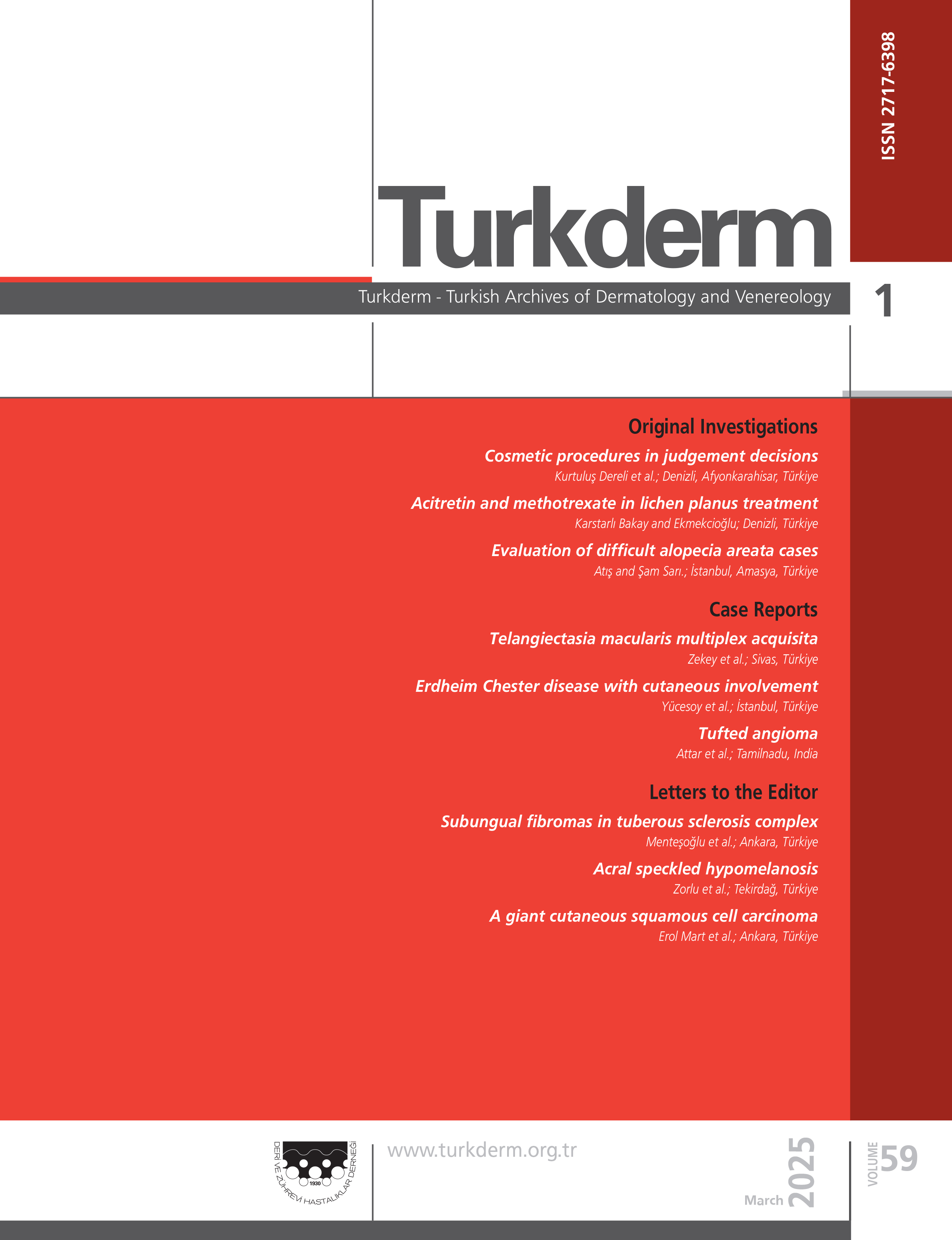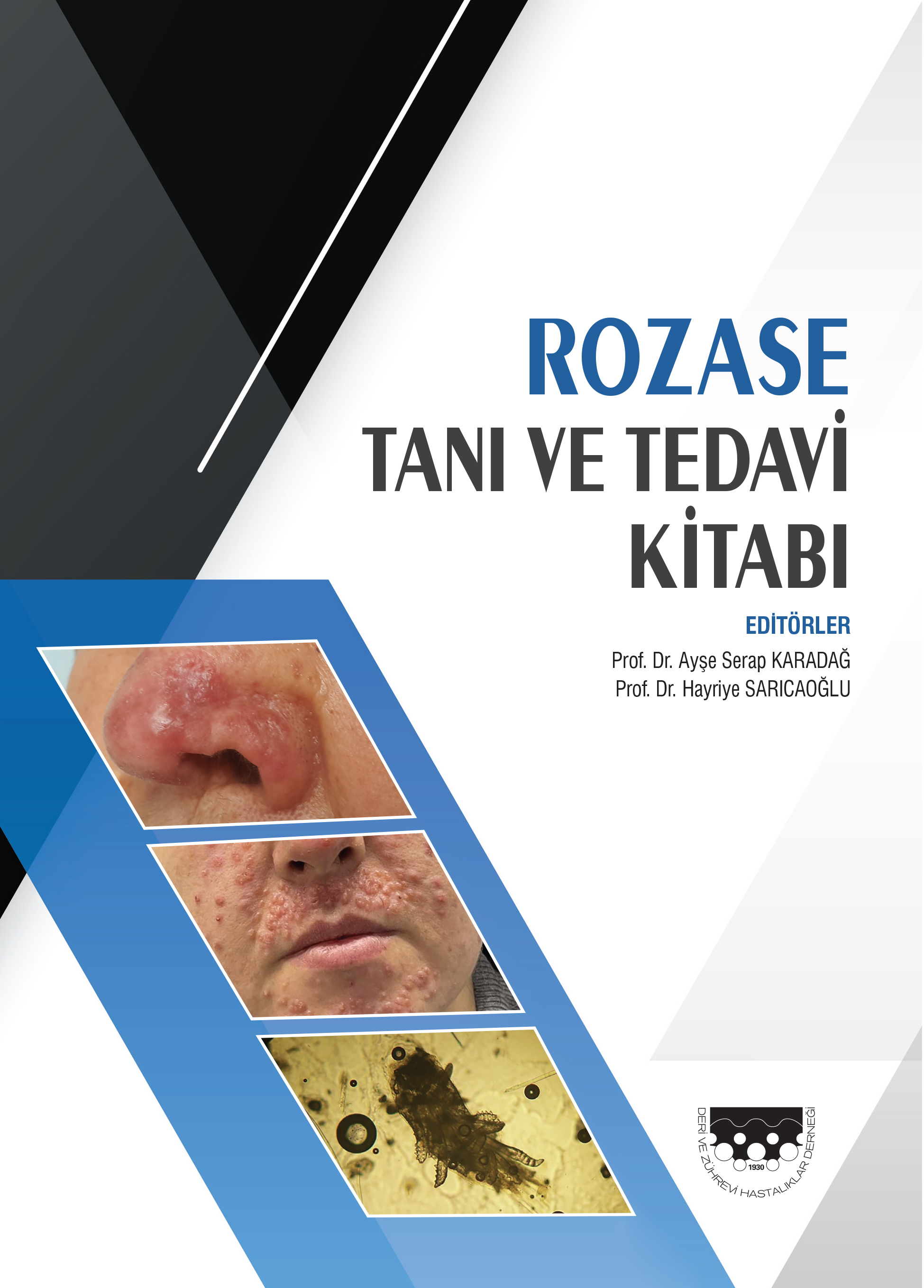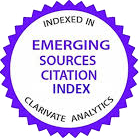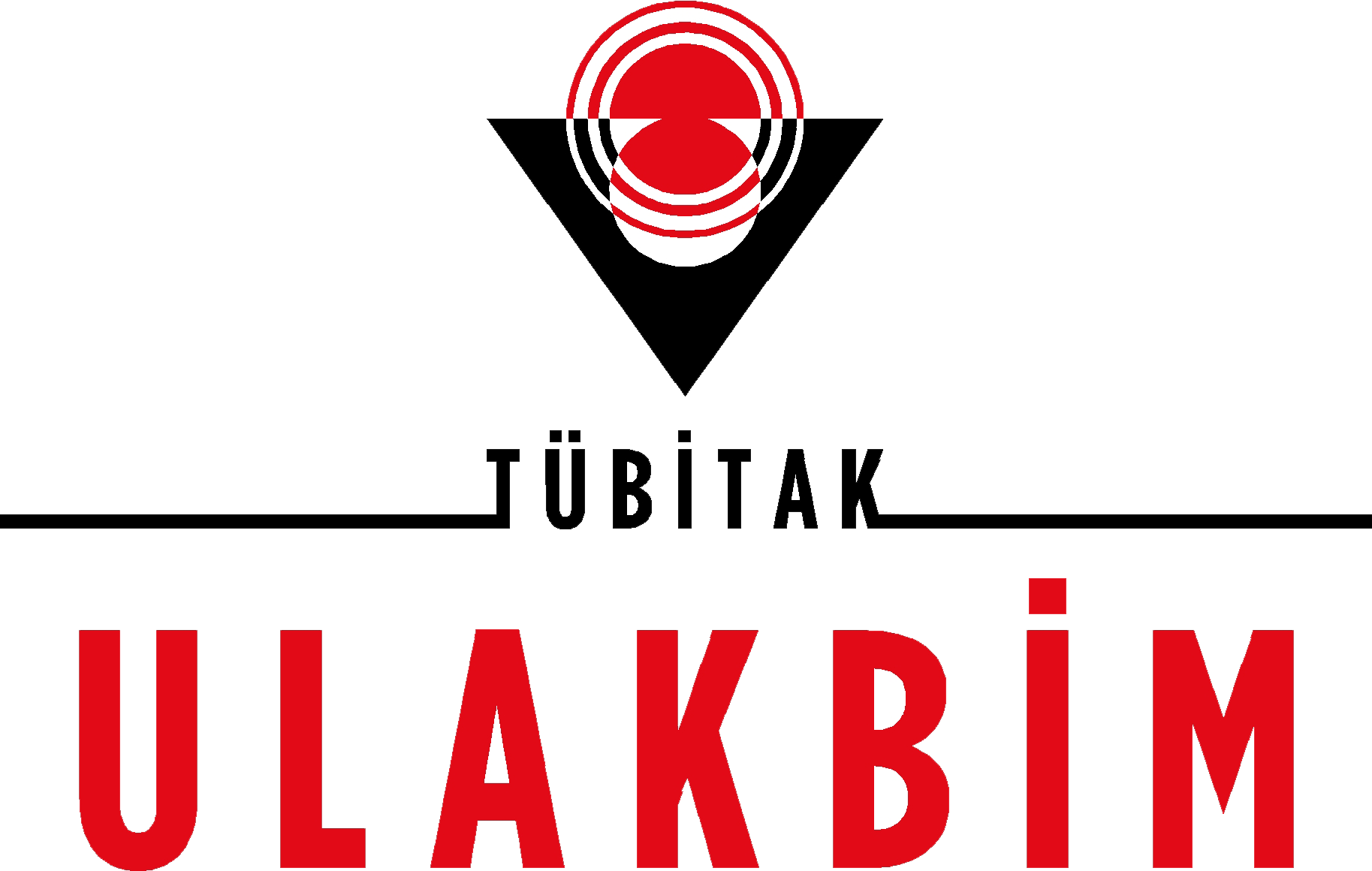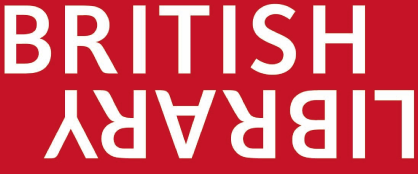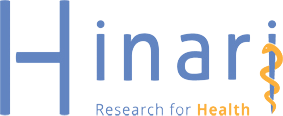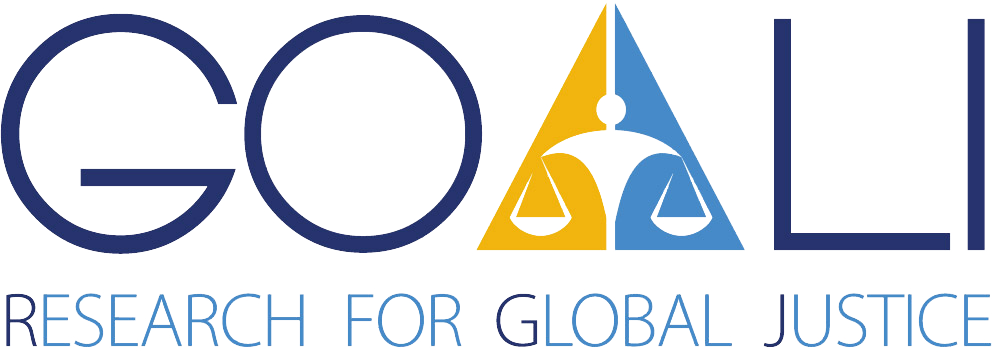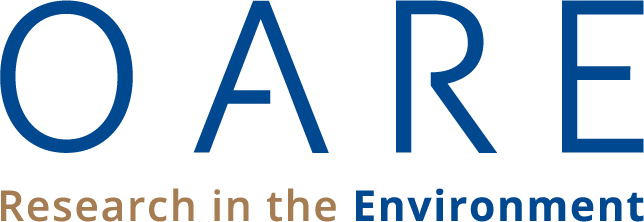Volume: 40 Issue: 1 - 2006
| ÖNSÖZ | |
| 1. | Yenilikler Yılı Ertuğrul Hasbi AydemirPage 1 Abstract | |
| EDİTÖR'DEN | |
| 2. | Medical use of the internet among dermatologists in Turkey İkbal Esen Aydıngöz, Fatih Göktay, Elvan Endoğru Pages 2 - 6 The presented study is the first, investigating the medical use of internet among dermatologists in Turkey. In this study, a questionnaire was sent to dermatologists including residents in practice, throughout Turkey in 2004. The questions were about the details of internet usage, to what extent it is used, and professional importance given to it. The questionnaires were picked from 713 dermatologists who make up sixty-three percent of the all the registered dermatologists in 2004. Eighty-five percent of the respondents had access to the internet and there was no difference between men and women. Increasing age was relevant to decreasing usage. Dermatologists working at educational institutions were using internet more (p<0,0001). Residents, academicians and specialists showed different rates in order of decreasing frequency, which were statistically significant (p<0,0166). A large proportion of dermatologists (61.5%) paid for internet on personal basis, and the major aim of internet access was to find references for patients diagnosis, differential diagnosis and therapy. The time spent for professional purposes, on the internet (mean: 58,8 minutes/day) and printed material (mean: 56,8 minutes /day) was nearly equal. The reported time spent at internet by the academicians were significantly more when compared to residents and specialists (p<0,001). On the other hand, time spent on printed material was same for residents and academicians and significantly longer than specialists (p<0,001). The institutional subscription for on-line journals was 52%. Dermatologists in Turkey were answering public questions (15%) and performing consultations (17%) via internet. The dermatologists gave an average score of 8 out of 10, for the professional importance of internet. This study shows that a large proportion of dermatologists, particularly the ones working at educational institutions and the academicians use internet for medical purposes, more and longer than the others. |
| DERLEME | |
| 3. | Malassezia spp. in Dermatology İlgen Ertam, Derya Aytimur Pages 7 - 10 Pityriasis versicolor is a frequently seen superficial infection. It's clinical types are pigmented, achromic, rubra and trichromic. The agent of this disease is called Malessezia spp. which has seven types. Malassezia spp. are also responsible in different dermatologic diseases except pityriasis versicolor. These diseases can be listed as follows: seborrheic dermatitis, pityrosporum folliculitis, sebopsoriasis, Gougerout-Carteaud syndrome. Diseases which are caused by Malassezia spp. is reviewed in this article. |
| ARAŞTIRMA | |
| 4. | Diphencyprone immunotherapy for alopecia areata: prospective clinical study Gonca Boztepe, Elif Demirgüneş, Özge Gündüz, Gül Erkin, Sedef Şahin Pages 11 - 16 Alopecia areata (AA) persistent for a minimum of 6 months and resistant to other treatments and/or severe AA are indications to use diphencyprone (DPCP). The aim of this prospective study is to assess the results of treatment with DPCP immunotherapy at the Department of Dermatology Hacettepe University. DPCP immunotherapy was planned for 14 AA patients during October 2002 and June 2004. Following successful sensitization done on 4cm2 area using 2% DPCP, DPCP with a concentration of 0,001 was initiated to one half of the scalp. When significant hair growth on this side of the scalp was observed, DPCP was applied to the whole scalp. Six patients were lost to follow-up during the study. One patient who developed angioedema was dropped out of the study despite significant hair growth on one side of the scalp. Mean age of 7 patients who were able to finish the study were 9 years (range 5-43), and the extent of involvement ranged between %25 and %100. Of 7 patients, 6 (86%) grew hair on the treated side after a mean of 25 sessions, 1 (14%) did not respond and excluded from the study. Of 6 patients who grew hair on the treated site, 1 (17%) lost his hairs, 5 (83%) showed cosmetically acceptable results after a mean of 34 sessions. Of 5 patients who showed cosmetically acceptable results 1 lost his hair during maintenance. Our results indicate that DPCP immunotherapy might be a good alternative for selected patients. |
| 5. | Intradermal botulinum toxin injection for the treatment of primary focal hyperhydrosis Melek Aslan Kayıran, Deniz Balaban, Aynur Karaoğlu, Adem Köşlü Pages 17 - 19 Background and design: Primary focal hyperhydrosis, a sweating disorder of unknown cause, affects primarily the axilla, palm, sole and the forehead. Patients face pscyhological, social and occupational problems in addition to the maceration of the skin and secondary micotic infections. This study was performed to assess the efficacy of intradermal botulinum toxin injections for the treatment of primary focal hyperhydrosis. MATERIAL-METHODS: 20 localizations (10 palm, 8 axilla and 2 sole) of 10 primary focal hyperhydrotic patient was included to the study. Hyperhydrotic areas detected by the Minor starch iodine test were qualitatively analyzed before and after the treatment as well as the subjective scaling of the patients' complaints. RESULTS: Both the qualitative scores of the Minor starch iodine test and the subjective complaint score of the patients decreased significantly after the intradermal botulinum toxin injections. No systemic adverse event was noted. CONCLUSION: Intradermal botulinum toxin injection proves to be an effective and safe choice for the treatment of primary focal hyperhydrosis. |
| 6. | Comparison of methods for the diagnosis of onychomycosis in a series of 50 cases İkbal E. Aydıngöz, A. Deniz Akkaya, Fügen Aker, Rıza Adaleti Pages 20 - 22 Background and design: Only half of the cases of onychodystrophies are due to onychomycosis. Before starting the systemic antifungal treatment, which is a rather lengthy and arduous process, the diagnosis should be confirmed via the assistance of laboratory methods. MATERIAL-METHOD: In this study fifty adult patients, attending to the dermatology outpatient clinic who had had a clinical diagnosis of onychomycosis, were evaluated. It was planned to compare the sensitivities of 3 principal methods, which have been used for the diagnosis of onychomycosis. In the nail specimens, direct microscopic examination, fungal culture and PAS staining were done for detection of fungal elements. RESULTS: In the samples of 50 patients examined, direct microscopy was positive in 48 (96%) and histopathological examination was positive in 45 (90%). Twenty (40%) of the nail specimens were positive in fungal culture. CONCLUSION: Although fungal culture is mentioned to be the gold standard for diagnosing onychomycosis, it showed the least sensitivity. The histopathologic examination of nails was determined as a good alternative with a sensitivity of 90%. However direct microscopic examination; a quick and cost efficient method, proved not only to be the most sensitive method, but also the most practical, for the diagnosis of onychomycosis. |
| 7. | The effect of narrowband UVB phototherapy on the expression of bcl-2 and p53: A preliminary study Nilsel İlter, Ayşe Dursun, Esra Adışen, Özlem Erdem, Mehmet Ali Gürer Pages 23 - 26 BACKGROUND: Carcinogenicity of ultraviolet B (UVB) therapy is driving attention increasingly. Numerous genes that regulates apopitosis have been identified, among them p53 and bcl-2 are well defined. In this study, we aimed to document the impact of the increasing cumulative doses on p53 and bcl-2 expression in order to define a relationship between narrowband UVB and carcinogenesis. METHODS: 42 patients receiving narrowband UVB treatment for various primary cutaneous disorders were enrolled in the study. Avidin-biotin-peroxidase method was used for the immunohistochemical evaluation. Nuclear staining for p53 and cytoplasmic staining for bcl-2 were evaluated as positive. RESULTS: No correlation was found between the cumulative doses of NB-UVB and p53 expression. The statistical analysis between the cumulative doses of NB-UVB and bcl-2 expression showed a weak correlation and this was not statistically significant. CONCLUSIONS: High cumulative UVB doses could be neccessary to induce p53 and bcl-2 expression detectable by immunohistochemical staining and perhaps repetetive exposure to UVB is a better model for cutaneous photocarcinogenesis. |
| OLGU SUNUMU | |
| 8. | Cutis marmorata telengiectatica congenita: A case report Mustafa Atasoy, Cihangir Aliağaoğlu, Engin Sezer, Teoman Erdem, Ali Karakuzu Pages 27 - 29 Cutis marmorata telangiectatica congenita (CMTC) is a rarely seen vascular disease characterised by persistent cutis marmorata, telangiectasia and phelebectasia. The lesions appear during or immediately after labour. Some changes, like atrophy or ulcer, may be seen in the involved areas. Some anomalies, such as body asymmetry, vascular anomalies and glaucoma, may be seen in this disorder. The etiopathogenesis is unknown. A four year old boy had reticular telangiectatic eruptions on the lower extremities and upper eyelids, and an ulcerated lesion on the sole of the right foot. There was no concomitant anomaly. We present this case because of its rarity. |
| 9. | The efficiency of rifampicin and clindamycin treatment in a case of tufted folliculitis Rafet Koca, Nilgün Solak Tekin, Sibel Yenidünya, Saniye Çınar, H. Cevdet Altınyazar Pages 30 - 32 Tufted folliculitis (TF) is a rare, recurrent, chronic and progressive suppurative disease of the scalp of unknown etiology. The disease is characterized by presence of 8-15 hairs emerging from a single follicular opening. The physiopathology of TF remains unknown. It probably represents an advanced stage of follicular damage common to several different forms of scarring alopecia. A 31-year-old white man presented to our clinic with a four-year history of tender, suppurating lesions on the scalp and patchy hair loss. The diagnosis was made as TF and the patient was treated with 600mg/day rifampicin and 600mg/day clindamycin for 8 weeks. In the follow up of the patient, it was observed that lesions did not recur and terminal hair distribution in the follicles began to return to normal arrangement. We report this case as TF is a rarely encountered disease and it is difficult to be treated. |
| 10. | A case of reversible telogen effluvium caused by a drug İlgen Ertam, İdil Ünal, Sibel Alper Pages 33 - 35 Effluvium, known as diffuse hair loss, is seen as anagen and telogen effluvium. In telogen effluvium, hair follicles pass from anagen phase to telogen phase prematurely. Certain drugs such as anticoagulants, cytostatics, interpherons, retinoids, lithium carbonate, b- blockers, antimalarials, sexual hormone preparations and angiotensin converting enzyme inhibitors may be cause of effluvium. In this case, we present a 52 years old female patient suffering from diffuse hair loss after using conjugate estrogen plus progesterone preparation for nearly one-month. Etiological investigations revealed no certain pathological results. After cessation of treatment, hair loss diminished and complete hair regrowth was observed during follow up period. In this report, current literatures related to the topic were reviewed and the role of sexual hormone preparations on hair loss was emphasized. |
| YENİ YAYINLAR | |
| 11. | Yeni Kitaplar Page 36 Abstract | |
| HABERLER | |
| 12. | Haberler Page 37 Abstract | |
| KONGRE TAKVİMİ | |
| 13. | Kongre Takvimi Page 38 Abstract | |


